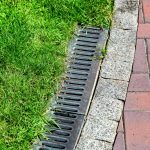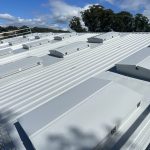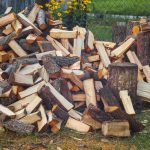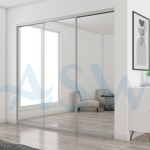Do Sheds Need Gutters? Is It Worth It?
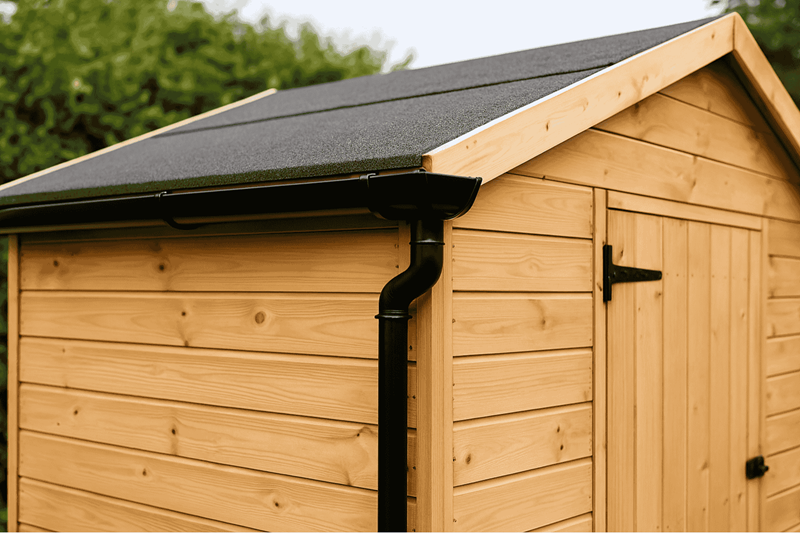
When you think about gutters, your house probably comes to mind first. They’re part of everyday home maintenance, carrying rainwater away so it doesn’t flood the walls or wash out the garden beds.
But sheds are often overlooked.
They’re just for tools and storage, right?
Do they really need the same treatment?
The answer depends on how you use your shed, what sits underneath it, and whether you want it to last the distance.
Why You’d Bother Putting Gutters on a Shed
On the surface, gutters on a shed might look like overkill, but there are a few solid reasons Australians choose to add them.
- Protecting the base – Most sheds sit on a slab or timber footing. Without gutters, every bit of rain hits the ground at the edges, creating puddles, softening the soil, or undermining the slab. Over time, that can mean cracks, moss, or rot.
- Keeping the shed itself in good nick – Anyone who has owned a garden shed knows how quickly metal rusts and paint fades when water constantly splashes down the sides. Gutters stop most of that runoff from hitting the walls, which means less maintenance and a longer life for the structure.
- Harvesting water – Even a modest roof can capture a surprising amount. A 3 x 3 metre shed could collect thousands of litres of rainwater a year. Hook it up to a tank and suddenly you’ve got water for the veggie patch, the lawn, or even for hosing down the dog after a muddy walk.
- Avoiding mud and mess – Without gutters, the ground around a shed can turn into a mini moat every time it rains. Not only is it ugly, but it also makes it harder to wheel in a mower or walk in without muddy boots.
Times When You Might Skip Them
Not every shed needs gutters. A simple farm shelter, an open machinery shed, or a tiny garden locker tucked away in a well-drained corner might not benefit much.
If the ground slopes away naturally and nothing valuable is stored inside, you can probably get away without installing anything. But if the shed is close to the house, has a concrete slab, or doubles as a workspace, it’s usually worth adding a gutter and downpipe system.
Weighing Up Costs and Benefits
The cost of guttering a shed is far less than doing an entire house. For a small garden shed, a DIY kit from a hardware store might set you back only a few hundred dollars.
Larger sheds or those that feed into water tanks cost more, particularly if you bring in a tradie to do the work.
The benefits, though, tend to add up:
- Longer life for the shed
- Less erosion or muddy mess around the base
- Water collection opportunities
- Better appearance overall
It’s one of those improvements that doesn’t seem urgent at first but proves itself over time, especially when you realise you’re not constantly dealing with damp corners or repainting rust patches.
Roof Inspections, Gutter Guards and Drainage
If you decide to add gutters to your shed, keep in mind they’re not a “set and forget” job. A quick roof inspection once or twice a year, especially after storms, can save you from bigger issues later on.
Sheds often collect leaves, gum nuts and even bird nests, which can quickly clog narrow gutter runs.
The best way to keep your gutters clear and prevent expensive repairs is by installing gutter guards and conducting regular checks.
Gutter blockages make leaks worse during heavy rain, so consistent maintenance plays a key role in keeping the roof watertight.
Pairing this with occasional roof leak detection ensures any hidden problems are caught before they cause damage.
Just as important is making sure downpipes carry the water away, whether into a tank, garden or stormwater system.
Allowing it to spill back towards the shed’s base defeats the purpose of installing gutters in the first place.
DIY or Call in a Professional?
Plenty of Australians handle shed gutters themselves. If you’re confident on a ladder and handy with basic tools, the kits available at Bunnings or other hardware stores make the job fairly straightforward.
They usually clip together and can be cut to size without too much hassle.
That said, larger sheds or any setup where rainwater will be stored is best left to a professional installer.
Not only will they ensure the gutters have the correct fall and that downpipes are fitted securely, but they’ll also follow the requirements set out in the Australian Standard AS/NZS 3500.
This code covers how stormwater and roof drainage systems should be designed and installed to prevent leaks, pooling and overflow issues.
If you’re connecting your shed gutters to a water tank, a licensed installer can also design the system so you get the best collection rate while staying compliant with the standards.
Mistakes to Avoid
A few common slip-ups crop up when people install shed gutters themselves:
- Forgetting to slope the gutter slightly so water runs to the downpipe.
- Using only one downpipe when the roof catches a lot of water.
- Allowing water to discharge straight onto the ground near the base of the shed.
- Not cleaning out debris, which then causes overflow in heavy rain.
These are easy enough to avoid with a bit of planning.
The Bigger Picture
Australia’s climate can swing from drought to downpour in the space of a season. That makes water management more than just a nice-to-have.
A simple shed gutter setup can be part of a broader effort to conserve water and reduce stormwater run-off on your block.
Even if you’re not collecting the water, you’re helping protect your yard from erosion and pooling.
So, Is It Worth It?
Strictly speaking, a shed will still stand without gutters. But if you want it to last, to look decent, and to give you the option of water harvesting, then yes, it’s worth it.
The investment is relatively small compared to the peace of mind and practical benefits you’ll get back.
For many Australian households, sheds aren’t just a dumping ground for tools. They’re workshops, hobby rooms, and storage spaces for gear that matters.
Adding gutters is one of those low-effort, high-return jobs that makes the shed more useful and keeps it in better shape for years to come.







